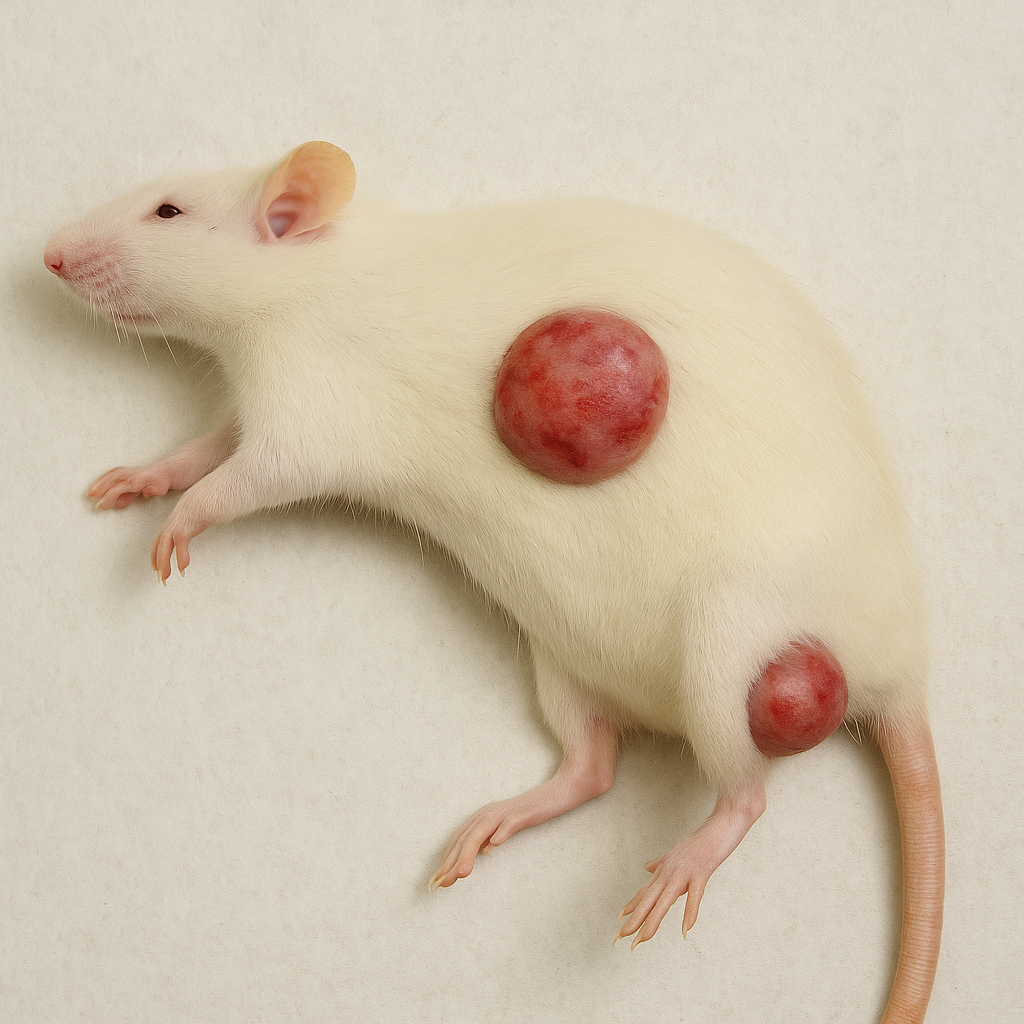The Food and Agriculture Organization (FAO) recently released a concerning report on global food security. It predicts an increase in the production of rice, maize, and wheat by 2025. However, several critical challenges threaten this positive outlook. These include the spread of bird flu, trade tensions, and extreme weather conditions.
One of the most alarming issues is the continued spread of high pathogenicity avian influenza (HPAI). This disease has severely impacted the poultry industry, particularly in the United States. Since 2022, over 173 million chickens have been affected. The FAO describes HPAI as one of the most significant biological threats to global poultry production.
Additionally, the report highlights a worrying trend in food insecurity worldwide. In 2024, more than 295 million people across 53 countries faced acute hunger. This figure has risen by almost 14 million compared to 2023. The number of people experiencing catastrophic levels of hunger also reached record highs, with 1.9 million people classified as facing IPC/CH Phase 5 conditions.
The rise in food insecurity is attributed to various factors. Conflict remains a primary driver, affecting around 140 million people in 20 countries. Famine has been confirmed in several regions, including Sudan, where the situation has become dire due to ongoing conflicts.
Economic shocks, such as inflation and currency devaluation, are also contributing to the worsening food situation. In 2024, these economic pressures affected nearly 59.4 million people across 15 countries, highlighting the ongoing struggles following the COVID-19 pandemic.
Extreme weather conditions, particularly those related to climate change, have pushed 18 countries into food crises. Droughts and floods, exacerbated by El Niño, have particularly impacted Southern Africa, Southern Asia, and the Horn of Africa. These weather extremes not only threaten crop production but also escalate resource-based conflicts.
The FAO emphasizes that while food production may increase, the humanitarian response must be strengthened to address these evolving challenges. The report calls for a comprehensive approach to tackle food insecurity. This includes investing in local food systems and integrated nutrition services to build resilience against future shocks.
Moreover, there is an urgent need for increased humanitarian funding. The report indicates that the decline in global funding for food and nutrition crises is the fastest in years. This funding is essential to support vulnerable communities, especially in conflict-affected regions.
To effectively combat hunger, the FAO and its partners urge governments and organizations to prioritize evidence-driven and impact-focused actions. They recommend pooling resources and scaling successful initiatives to enhance food security.
With the Global Report on Food Crises indicating that acute food insecurity is a persistent reality for millions, the need for immediate action is clear. The FAO’s findings will inform upcoming international discussions, including the Summit of the Future in September 2024 and the Fourth International Conference on Financing for Development in mid-2025.
In conclusion, while the forecast for rice, maize, and wheat production is positive, the threats posed by bird flu, trade tensions, and extreme weather conditions cannot be ignored. A concerted effort is needed to ensure food security for all, particularly for the most vulnerable populations around the world.

